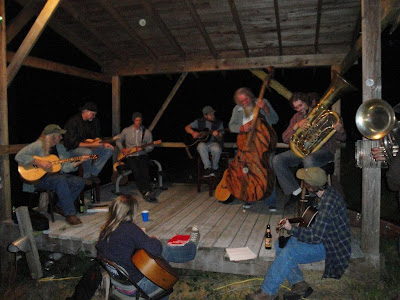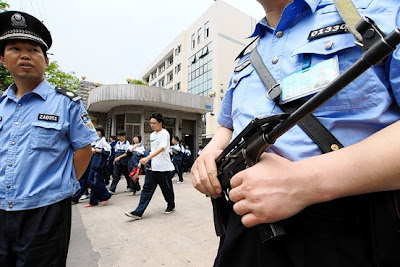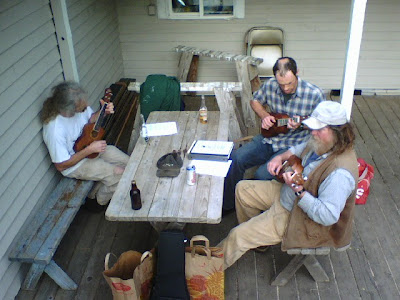
In the last post we read a quote from Robert W. Smith on the use of the mind in Internal Martial Arts. So everybody is on the same page, here's the quote again:
"A system based solely on body mechanics remains forever at the level of calisthenics and rudimentary fighting. Functionally, such a system is limited by the fact that in the animal world man is something of a weak creature.
Except by recourse to his brain, he cannot stand physically with most of the other animals.
But the brain itself needs to be checked and trained. The trouble with urban cultures throughout the world is that man's brain is out of control. The internal imposes the restraint that, paradoxically, leads to freedom. The mind is king -remember this- and must be accorded priority over the body."
Our skeptical friend at Martial Development saw an inherent contradiction in this statement:
"The trouble with urban cultures throughout the world is that man's brain is out of control."
"The mind is king and must be accorded priority over the body."
(M.D.) "Are these contradictory statements? If not, why? And what does it mean for the mind to be accorded priority over the body?"
The disconnect was leaving out the brief sentence between those two themes:
"The internal imposes restraint that, paradoxically, leads to freedom."
In my opinion, Smith is making not one but two statements. The first is that the urban mind is on overload from stimulation. The second is that quieting the chatter in the mind is healthier, and is both a necessary product and component of the Chinese Internal Martial Arts.

Back in 1980 my friends and I built a shack in the deep coast range mountains out of Coos Bay Oregon. My friends grandparents had homesteaded the last private farm 26 miles up the Coos River. In the summer you could drive a truck across a shallow ford in the river, in the winter you pulled yourself across in a cable car high above the flood waters. Then we hiked in another two miles to where we built the shack.
Here's what I mean about the chatter in the urban mind:
We noticed that it took a full week for our minds, our bodies, our beings to settle into life in the forest. We were hunting and gathering food, there was constant danger of injury, being charged by elk, drowning, and a brush with Bigfoot.
We became like the animals. We smelled like the animals. We felt the heat in the summer and the driving rain in the winter. We didn't see a television for six months at a time.
Every now-and-then we'd take the truck to the University of Oregon in Eugene where we visited the girls and restocked our pot supplies. As we entered the city we'd literally feel the electrical energy. Power lines, noise, Yuppie assholes.
Before, our minds had been quiet and open to absorb every bit of information you need to live and hunt in the woods. What we felt is that as we entered the city we had to put up a mental wall, to shield us from the overload of stimulation. Most people go through their entire life in that condition and know nothing different. Later, when we returned to our shack in the woods it took another few days to decompress.
*****
This is what Smith is talking about.
Short of living like Thoreau at Walden Pond, we can quiet our minds with introspective, internal martial arts. We can live in the moment, setting aside concerns of past and future. Smith is talking about training the mind in this way to free it:
Yi (mind intent) leads Chi (energy), resulting in Jing (action).
In this context, Smith is correct and the trained mind is "king".



.jpg)
.jpg)


























